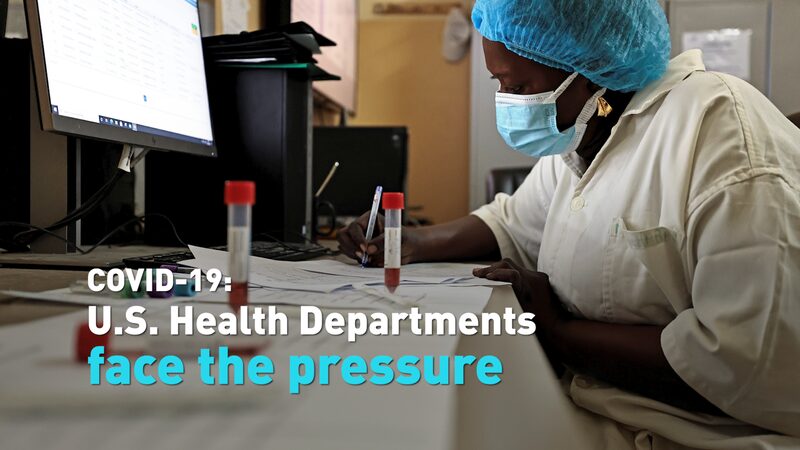As the COVID-19 pandemic continues to take a toll on economies, employment, and other aspects of society, women are being disproportionately impacted by the pandemic. This global health crisis is reversing some of the progress women have made within the workplace, with some experts calling it a ‘shecession’.
According to the U.S. Bureau of Labor Statistics, some 275,000 women left the workforce in January, in contrast to 71,000 men during the same period. One year into the pandemic, almost 2.4 million women are out of the workforce compared to 1.8 million men. These figures highlight a troubling trend that could have long-term implications for gender equality in employment.
As COVID-19 vaccines are distributed across countries, and nations hope for a return to ‘normalcy,’ the question remains: will women have a place within the workforce to come back to?
Dr. Caren Goldberg, a Human Resource Management professor, says the pandemic exacerbated systemic issues within the workforce that keep women at a disadvantage. She notes that while there are many ways employers could work toward improving their workplace, increasing the number of women in leadership roles is a strong place to start.
This situation underscores the need for global attention to the gendered impacts of the pandemic. The disproportionate exit of women from the workforce is not just a concern for individual countries but has broader implications for economic recovery and social equity worldwide.
Reference(s):
cgtn.com








